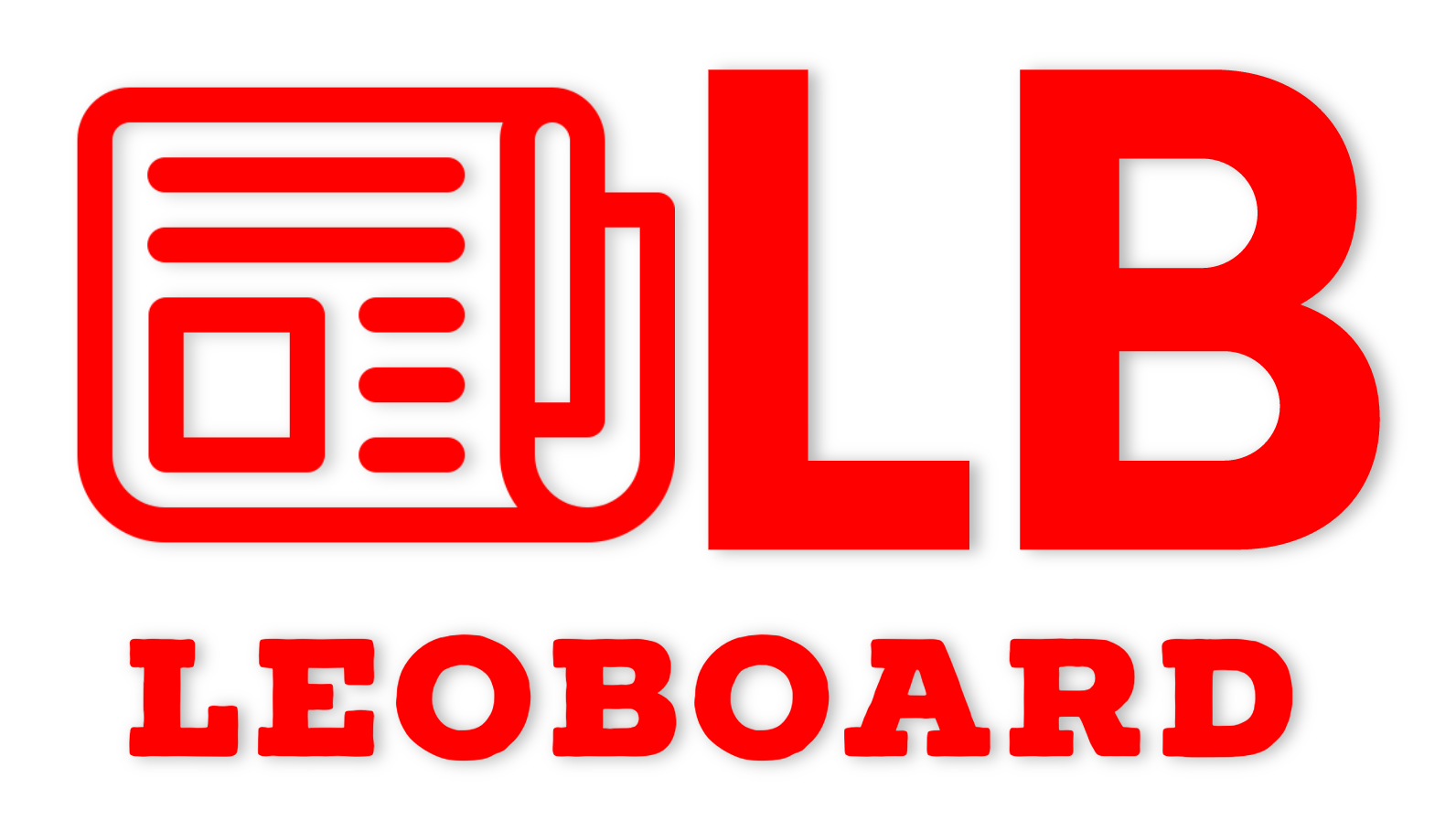In recent years, the world of copywriting has been experiencing a major shake-up thanks to the rapid advancements in artificial intelligence (AI) technology.
As one of the first industries to feel the impact of this new tech, copywriters are finding themselves at a crossroads, wondering about their future in a world where machines can generate content rapidly.
This article will explore how AI is transforming the copywriting landscape and what it means for human writers.
The Rise of AI in Copywriting
AI-powered writing tools have become increasingly sophisticated, capable of producing coherent and even engaging content across various formats.
From social media posts to product descriptions and even long-form articles, these AI systems are making their presence felt in every corner of the copywriting world.
One of the main advantages of AI copywriting tools is their ability to generate large volumes of content quickly and efficiently. This speed and scale are particularly appealing to businesses that must constantly produce content for their marketing efforts.
As a result, many companies are turning to AI solutions to supplement or even replace human copywriters in certain tasks.
The Human Touch vs. Machine Precision
While AI has made significant strides in content creation, there are still areas where human copywriters have the upper hand. Creativity, emotional intelligence, and the ability to understand nuanced cultural contexts are just a few examples of skills that humans excel at compared to their AI counterparts.
Human copywriters can also bring a unique voice and perspective to their writing, something that AI systems often struggle to replicate convincingly. This personal touch can be crucial in creating content that resonates with readers on a deeper level and builds genuine connections between brands and their audiences.
The Challenge of Distinguishing Humans from AI Content
As AI-generated content becomes more prevalent, a new challenge has emerged: differentiating between human-written and machine-generated copy. This has led to the development of tools like an AI checker to identify the telltale signs of AI-generated text.
These detection tools analyze various aspects of the writing, such as sentence structure, word choice, and overall coherence, to determine whether a human or an AI likely wrote a piece of content.
However, as AI systems continue to improve, the line between human and machine-generated content is becoming increasingly blurred, making detection more challenging.
Adapting to the New Reality
For human copywriters, the rise of AI presents both challenges and opportunities. While some may fear their jobs becoming obsolete, others are finding ways to adapt and thrive in this new environment.
Here are some strategies that copywriters are using to stay relevant in the age of AI:
Focusing on High-Value Content
Human copywriters are increasingly positioning themselves as specialists in creating high-value, strategic content that requires deep industry knowledge and creative thinking. This includes tasks such as developing brand voices, crafting compelling storytelling narratives, and creating emotionally resonant marketing campaigns.
Collaborating with AI
Rather than viewing AI as a threat, many copywriters are embracing it as a tool to enhance their work. By using AI-powered writing assistants for tasks like research, idea generation, and proofreading, human writers can focus more on the creative aspects of their work while improving their overall productivity.
Developing AI Literacy
As AI becomes more integrated into the copywriting process, human writers who understand how to work with and optimize AI tools will be in high demand.
By developing skills in prompt engineering and learning how to effectively collaborate with AI systems, copywriters can position themselves as valuable assets in the evolving industry.
The Future of Copywriting
While AI is clearly having a significant impact on the copywriting industry, it’s unlikely that it will completely replace human writers. Instead, we’re likely to see a shift towards a hybrid model where AI and human creativity work together to produce high-quality content.
In this new landscape, successful copywriters will be those who can harness the power of AI to enhance their skills and creativity. They will need to be adaptable, willing to learn new technologies, and able to provide unique insights and perspectives that AI cannot replicate.
Conclusion
The AI revolution in copywriting is well underway, and its effects are being felt across the industry. While some may view this change with trepidation, it also presents exciting opportunities for those willing to embrace new technologies and adapt their skills.
The value of authentic, creative, and emotionally resonant writing will only increase as the line between human and AI-generated content continues to blur. By focusing on these uniquely human qualities and learning to work alongside AI tools, copywriters can ensure their place in the future of content creation.
Ultimately, the key to success in this new era of copywriting will be finding the right balance between human creativity and AI efficiency. Those who can master this delicate balance will be well-positioned to thrive in the ever-evolving world of content creation.
Source link



